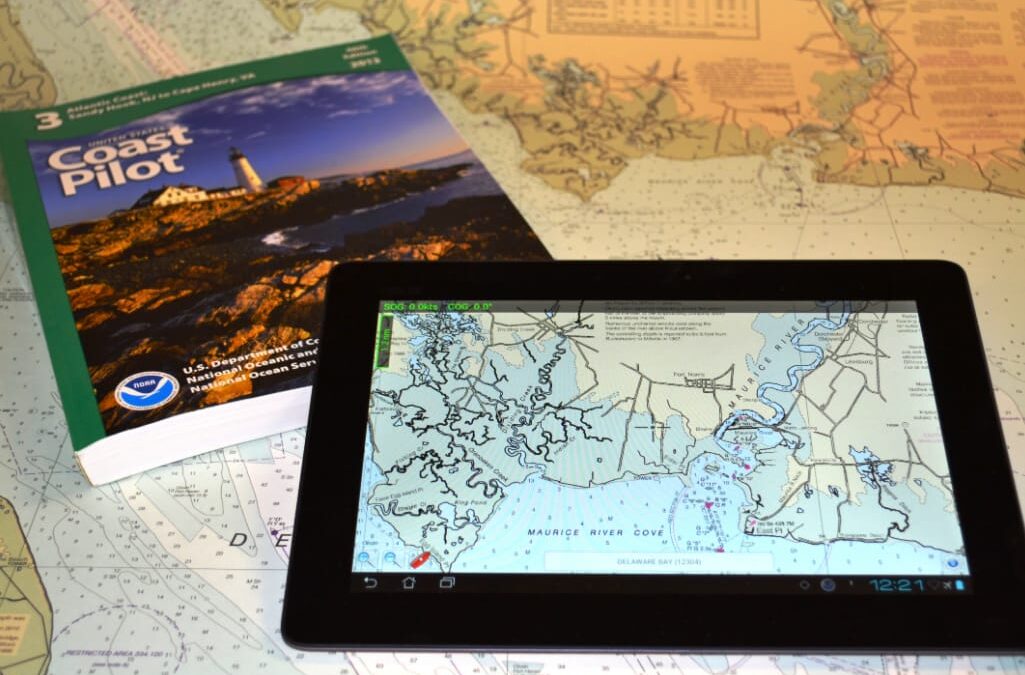When embarking on a marine journey, the indispensable tool for any mariner is undoubtedly the navigation charts. These crucial navigational aids ensure safe and efficient passage across the intricate tapestry of waterways that lace our planet. By providing detailed representations of maritime areas, they lay down the physical features of coastlines, depths of water, navigational hazards, the location of natural and man-made features, and other essential information like prevailing currents and tides.
The Quintessence of Navigation Charts
Navigation charts, or nautical maps, have historically been painstakingly hand-drawn by skilled cartographers. Over time, these maps have evolved with advancements in technology, transitioning from traditional paper charts to digital formats, readily accessible and updateable in real time. This evolution makes it possible to integrate the charts with electronic systems for enhanced navigation.
Although modern technology simplifies maritime navigation, the fundamental purpose of these charts remains the same – to guide mariners in plotting a course that maximizes safety and efficiency. Whether a vessel is navigating through a congested channel, making its way around treacherous rocks, or approaching a serene harbour, the right chart provides valuable insights into the safest passage.
Accessing Marine Charts Online
In today’s connected world, marine charts online represent a leap towards greater accessibility and ease of use. Mariners can now acquire digital charts through various platforms, ensuring they have the most current information about the conditions they are likely to encounter. These digital charts can be synchronised across devices, providing the crew with consistent data on chart plotters, laptops, and other electronic devices used for navigation.
Choosing the Right Chart
Selecting the appropriate navigation chart is paramount. There are different types of charts designed for various scales and purposes. For example, ocean-going vessels may use an oceanic chart for long stretches across the open sea, whereas coastal charts with finer details are preferred when navigating closer to shore.
Charts are rigorously updated to reflect changes that occur due to natural processes and human activities. Regular updates are essential, especially in dynamic environments where sandbanks shift or new navigational aids are introduced. Mariners, therefore, must ensure their charts are the latest editions and check for notices to mariners which can provide critical real-time updates.
Conclusion
In the realm of maritime navigation, navigation charts serve as an indispensable tool that underpins the safety and efficiency of all marine operations. Their value cannot be overstated, as they provide a reliable basis for decision-making on the open seas and within intricate coastlines. While the availability of marine charts online has transformed the ease with which mariners can access vital information, the underlying principle of using the most accurate, updated chart remains critical to the success of any seafaring venture.

